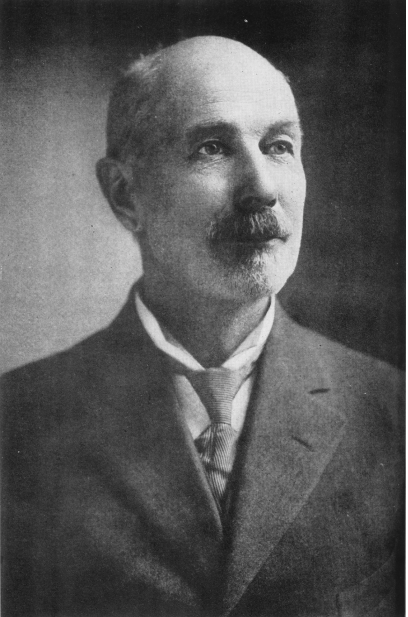We’re big fans of maps at Port Orford Historical Photos, and we were delighted to discover this extraordinary documentation of “The Port Orford Quadrangle” by Joseph Silas Diller which is well cited on Google Scholar and provides an extraordinary overview of the region from a topographic and geological perspective.


Read more about The Quadrangle at The Oregon History Project.
J.S. Diller was a much-respected geologist who worked for the USGS for over forty years who can be credited with making the first scientific studies of Crater Lake beginning in 1883. Diller’s many publications on the Klamath Mountains province as well as the adjacent Oregon Coast Ranges had a profound influence on all subsequent studies, and some of his basic conclusions are still accepted today.
Diller’s most important work, “The Geology and Petrography of Crater Lake National Park,” a professional paper on the park’s geology, appeared in 1902 — the same year that Crater Lake National Park was established.

What’s even more interesting is that Diller is an exceptional photographer in his own right, taking exquisite photos of the topography he was researching. To see some examples of his work, check out Crater Lake Institute’s excellent overview on Diller as well as Repeat Photography and Landscape Change (Mastrogiuseppe and Salinas) .

See more photographs by J.S. Diller here.
“Photography and the Making of Crater Lake National Park” published by Oregon Historical Quarterly (Vol. 103, No. 1, Crater Lake National Park at 100 (Spring, 2002), pp. 76-97) provides an insightful overview of Diller’s photographic talents:
The most notable scientist-photographer to work at Crater Lake was J.S. Diller … Diller made an extensive study of Crater Lake’s geology during the next two decades. The resulting report, illustrated with his photographs, was published in 1902, coinciding with the creation of the park. Diller often focused his camera on its geological features. He had already used his words and photographs to help … promote the park’s creation, most notably in the February 1897 issue of National Geographic Magazine: ‘While Crater Lake is especially attractive to the geologist on account of its remarkable geological history,’ Diller wrote, ‘it is equally inviting to the tourist and others in search of health and pleasure by communion with the beautiful and sublime in nature.”
Oregon Historical Quarterly, VOL. 103 (Spring 2002).
We definitely recommend reading the full article for its profile of other exceptional photographers of the era mentioned on our website (M. Hazeltine, Peter Britt) plus topics that are still of concern to photographers working in the present day such as piracy and lack of attribution for creative work.


A caveat re: discovering such interesting backstories and connections: We would like to thank Portside Cafe for contributing our latest collection of photographs which has provided countless hours of interesting research which led to this detour to Crater Lake and the serendipitous discovery of “The Port Orford Quadrangle”. Two photographs from the Portside Collection of Crater Lake are shown above – we are in the process of researching who the photographer might be (if any of our readers know, please contact us … it could very well by J. S. Diller since many of his photographs were not published in his 1902 and 1912 publications on Crater Lake!). It often takes us awhile to add new material to the site as we like to research the origins as well as restore the photographic originals when necessary. We will be adding the full donated collection of photos from Portside Cafe throughout the month of July.
Thank you, Portside Cafe, and thank you all for your interest in Port Orford Historical Photos!



Leave a Reply